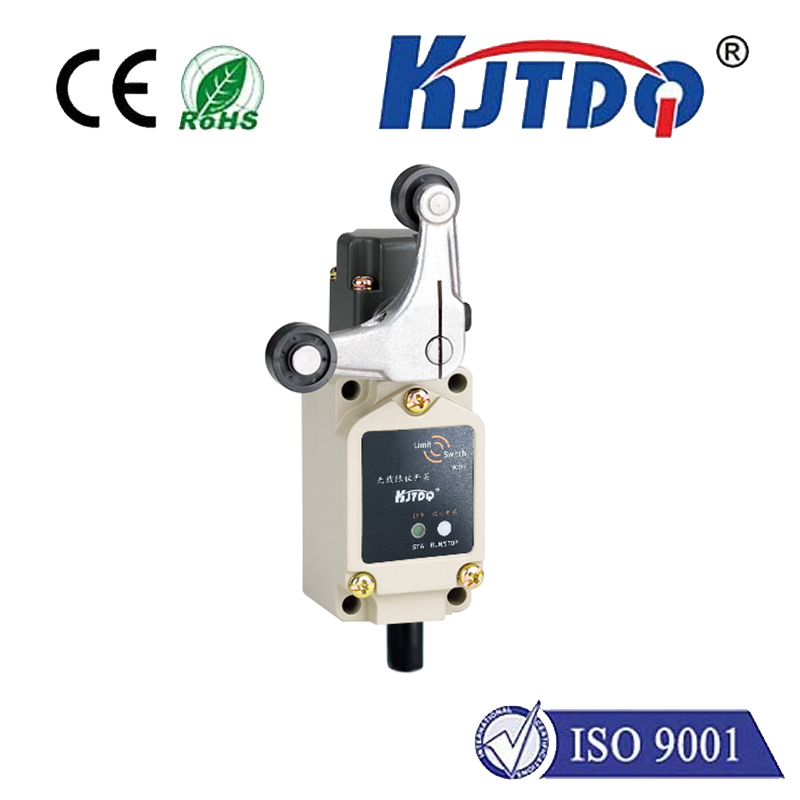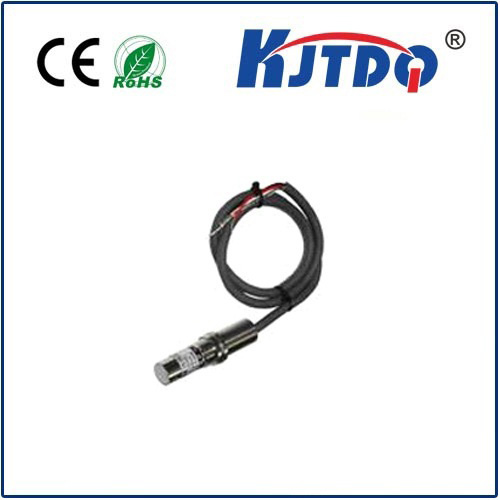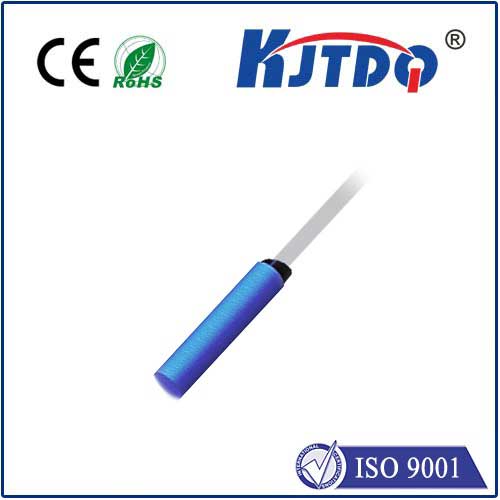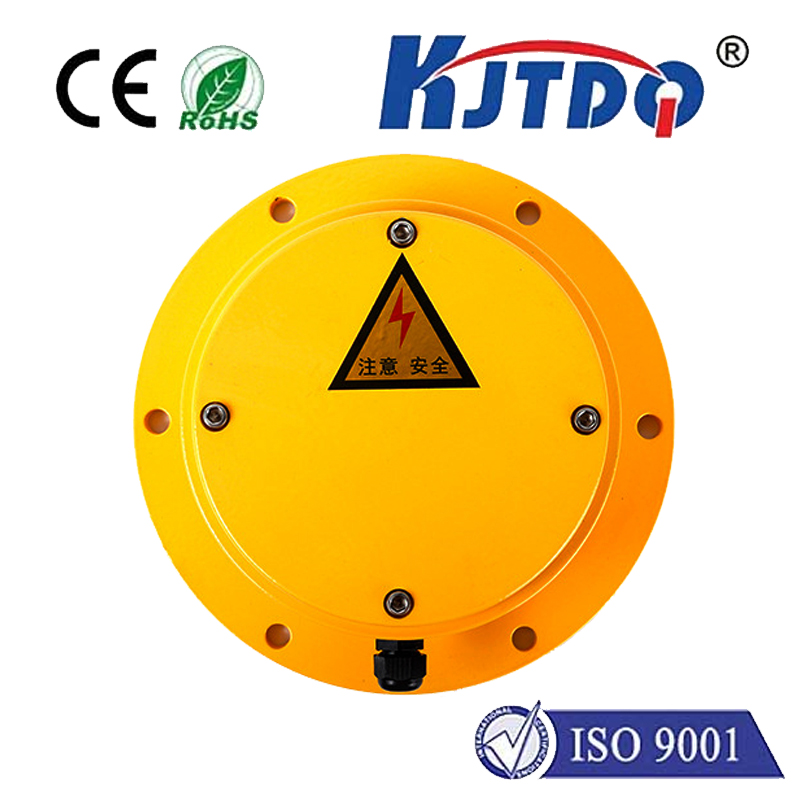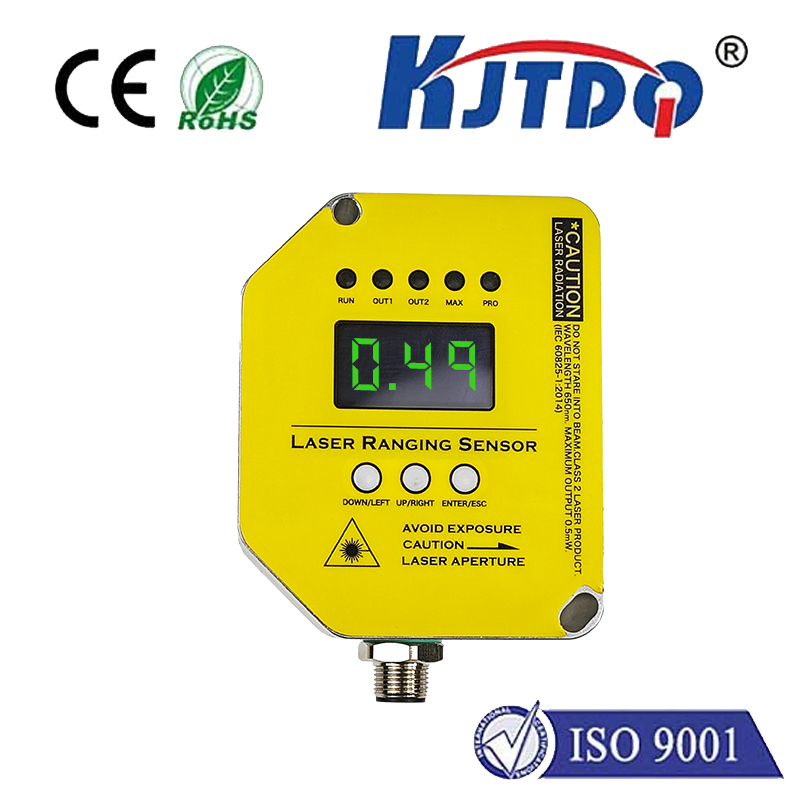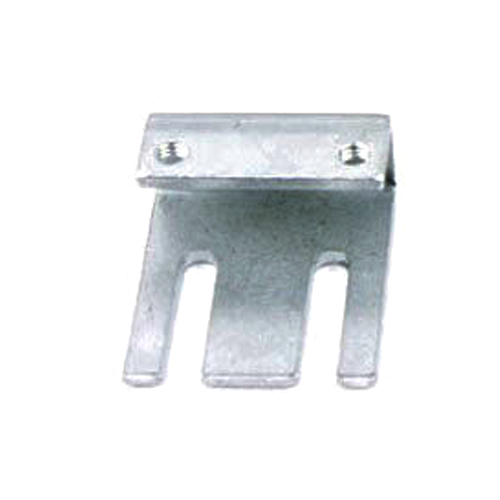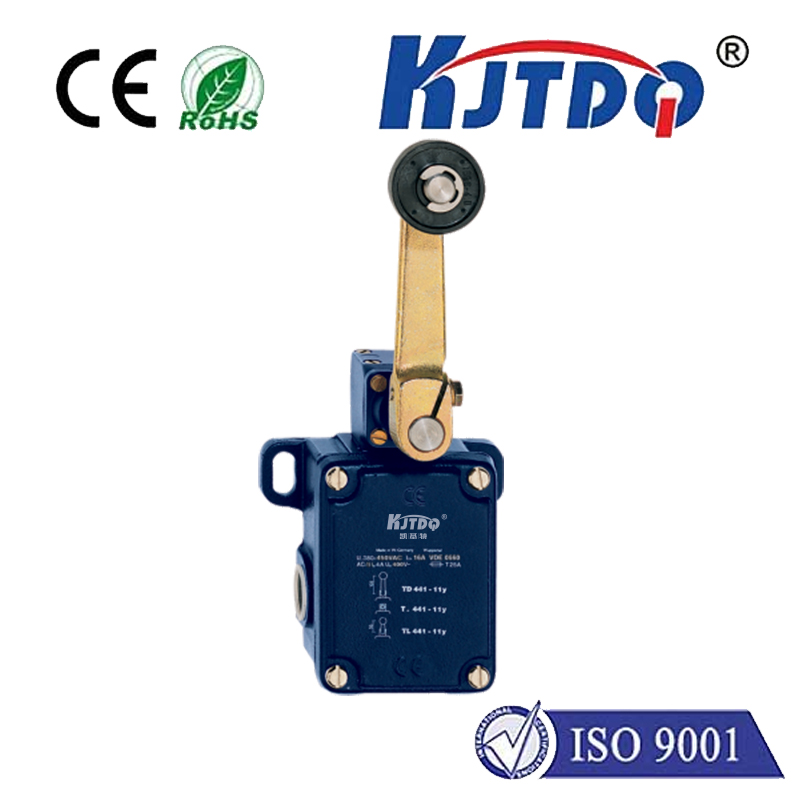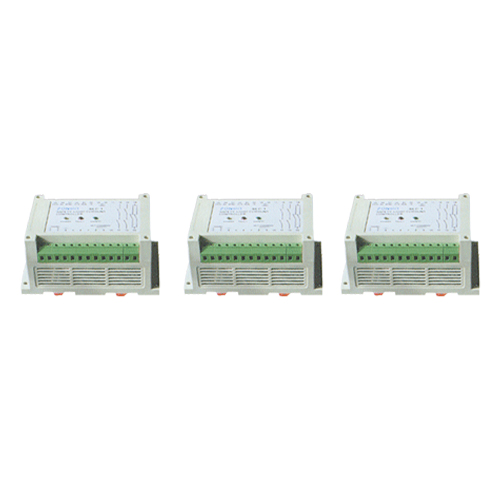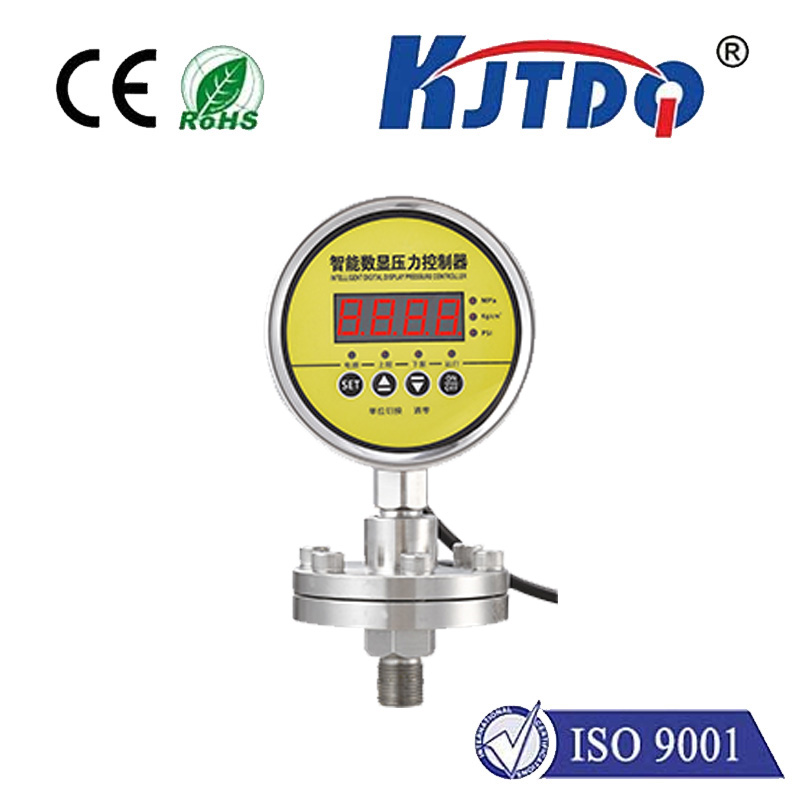датчик приближения с реле
- time:2025-07-18 08:00:05
- Нажмите:0
Proximity Sensors with Relays: Bridging Detection and Control in Automation
Imagine a bustling factory floor. A robotic arm needs to pick items off a fast-moving conveyor belt. Precision is non-negotiable – it must detect the exact position of each item without physical contact, instantly triggering the gripper mechanism. How does this seamless, reliable interaction happen? Often, the unsung heroes enabling this precise, safe, and efficient control are proximity sensors working in harmony with relays. This powerful duo forms the backbone of countless automated processes, translating the silent detection of objects into robust electrical commands.
Understanding the Core Components
Proximity Sensors: These are the silent sentinels. They non-contactly detect the presence or absence of an object within their sensing field. Common types include:
Inductive: Detect metallic objects using electromagnetic fields. Highly reliable for industrial metal detection.
Capacitive: Detect both metallic and non-metallic objects (like plastic, wood, liquid) by sensing changes in capacitance.
Photoelectric: Use light beams (visible or infrared) to detect objects, effective at longer ranges.
Ultrasonic: Emit sound waves and detect their reflection, suitable for detecting various materials and measuring distance.
Regardless of type, they provide a low-power electrical output signal (typically a DC voltage change like 12V/24V DC sinking or sourcing) when an object is detected. This signal is the input to our control system.
Relays: Think of relays as the muscle. They are electrically operated switches. A small electrical signal applied to the relay’s coil terminals creates a magnetic field. This field physically moves internal contacts, opening or closing separate, higher-power circuits connected to the relay’s contact terminals. Crucially, the coil circuit and the contact circuit are electrically isolated. Relays come in various forms (SPST, SPDT, DPDT) with different contact ratings (voltage and current).
The Magic of Integration: Why Pair Them?
The synergy between a proximity sensor and a relay solves a fundamental challenge in automation:
- Signal Translation & Amplification: Proximity sensors provide a convenient detection signal, but it’s often low-current and low-voltage. Many industrial loads – motors, solenoids, large lights, heaters, actuators – require significantly higher voltage (e.g., 120VAC, 240VAC) and/or current to operate. A relay acts as an intermediary, using the sensor’s small output signal to control a switch capable of handling the much larger power demands of the load.
- Electrical Isolation: This is paramount for safety and system protection. The proximity sensor circuit (often low-voltage DC) is physically separated from the high-voltage/high-current load circuit by the relay’s internal design. This prevents electrical noise, voltage spikes, or faults in the load circuit from damaging the sensitive sensor or its controller.
- Control Flexibility: One sensor output can potentially control multiple relays, or a complex controller (like a PLC) can use multiple sensor inputs to trigger specific relays in a sequence. Relays allow switching different types of loads (AC or DC) using the same sensor signal type.
- Safety Enhancement: Using a relay allows critical safety circuits (like E-Stops) to be implemented at lower voltage/current levels, enhancing control safety, before switching the hazardous high-power loads.
How It Works: A Simple Schematic
- Detection: An object enters the proximity sensor’s detection range.
- Sensor Activation: The sensor’s internal circuitry changes state. If configured as Normally Open (NO), its output switches ON (provides voltage/current on its output line). If Normally Closed (NC), it switches OFF (opens the circuit).
- Relay Coil Energization: The sensor’s output signal is connected to the relay’s coil terminals. When the sensor activates (provides the signal), current flows through the relay coil.
- Contact Switching: The energized coil creates a magnetic field, pulling the relay’s internal contacts. Depending on the relay type:
- А.Normally Open (NO) relay contact closes, completing the high-power circuit to the load.
- А.Normally Closed (NC) relay contact opens, breaking the circuit to the load.
- Load Activation: With the relay contact closed (for NO configuration), power flows through the relay contacts to the load (e.g., motor starts, light turns on, solenoid activates). When the object moves away, the sensor deactivates, de-energizing the relay coil, causing its contacts to return to their normal state, turning off the load.
Wiring Considerations and Best Practices
- Power Supplies: Ensure both the proximity sensor and the relay coil are powered by compatible voltage sources (e.g., both 24V DC). Double-check the sensor output type (PNP/sourcing or NPN/sinking) matches the relay coil input requirement.
- Contact Ratings: Crucially, select a relay whose contacts are rated for the voltage and especially the current of the load you intend to switch (plus a safety margin). Exceeding these ratings risks contact welding or relay failure. Consider inrush currents for motors or lamps.
- Flyback Diodes (for DC Coils): When power is removed from a DC relay coil, it generates a high-voltage reverse spike (back EMF). Protect your sensor output circuit by installing a diode (like a 1N4007) across the relay coil terminals (cathode to positive, anode to negative). This diode provides a safe path for this spike.
- Protection: Use fuses or circuit breakers on the load circuit to protect against overloads or short circuits. Mounting relays in protective enclosures can be necessary in harsh environments.
Key Advantages of Using Proximity Sensors with Relays
- Robust Load Control: Enables switching of high-power industrial devices safely.
- Enhanced Sensor Protection: Provides vital isolation for sensitive sensor electronics.
- Многогранность: A single sensor design can control vastly different loads via appropriately rated relays.
- Cost-Effectiveness: Relays are generally inexpensive components for the power handling they provide.
- Simplicity & Reliability: The principle is straightforward, and electromechanical relays offer proven, dependable operation.
Real-World Applications Abound
The combination of proximity sensors and relays is ubiquitous in automation:
- Промышленное оборудование: Detecting parts for machining, controlling conveyor start/stop via object presence, triggering air cylinders in assembly lines.
- Packaging Systems: Counting bottles on a line, triggering case sealers or labeling machines.
- Перевозка материалов: Position sensing for robotic arms, pallet detection for stackers, level control in silos (capacitive sensors).
- Security Systems: Detecting door/window opening (magnetic proximity sensors triggering alarms via relays).
- Elevators & Garage Doors: Position detection for safe stopping.
- Automotive: Assembly line control, fluid level detection.
- HVAC Systems: Airflow detection or filter status monitoring.
Conclusion: An Essential Duo for Modern Control
The partnership between proximity sensors and relays represents a fundamental building block in industrial and commercial automation. By providing a reliable, safe, and powerful interface between the world of detection and the world of action, this combination translates the simple “on/off” signal of a sensor into tangible control over machinery and processes. Whether enabling precision in manufacturing or safety in our homes, understanding how to effectively integrate these components is key to designing robust and efficient automated systems. From the subtle detection of a metal component to the powerful surge needed
